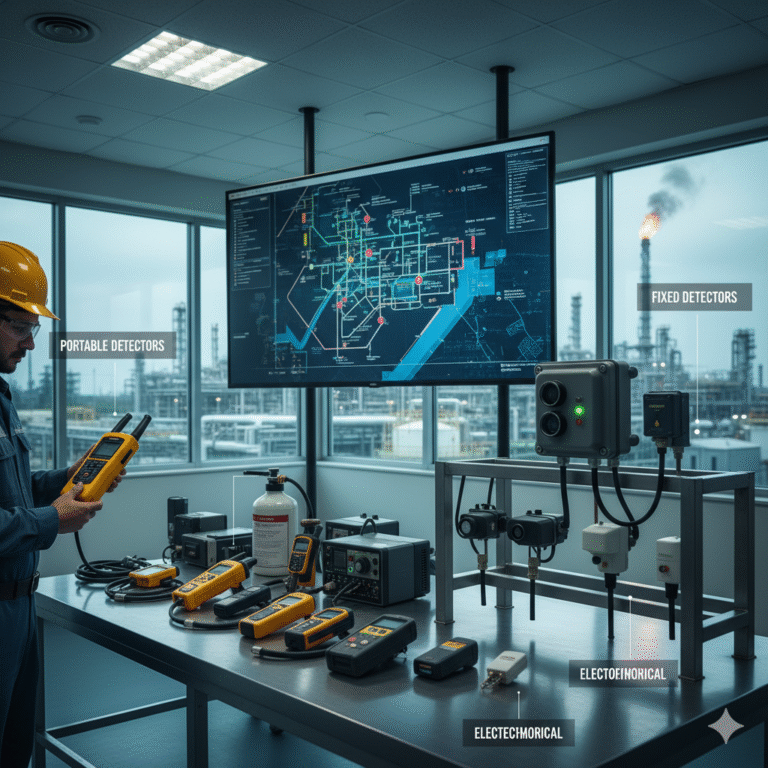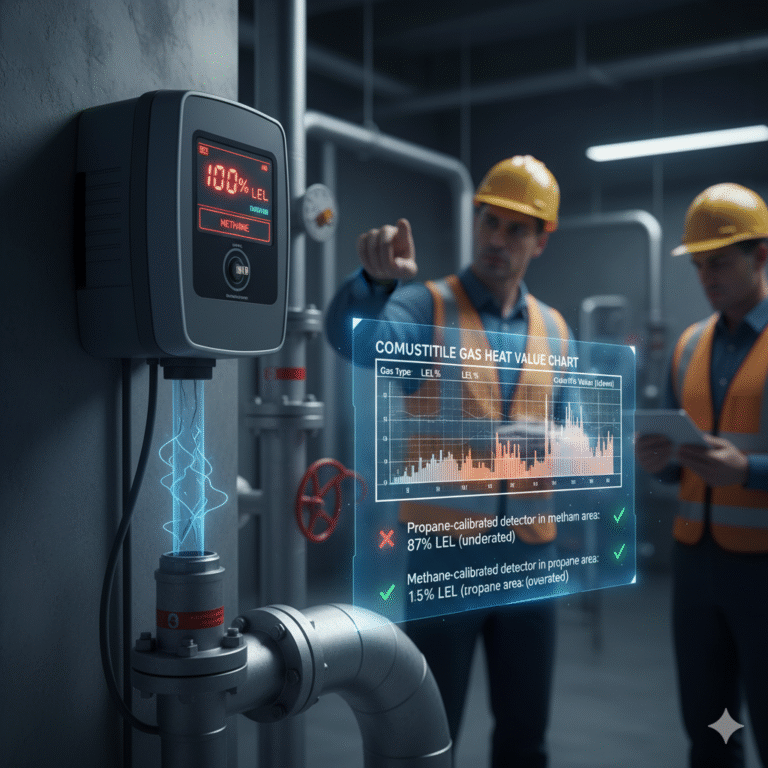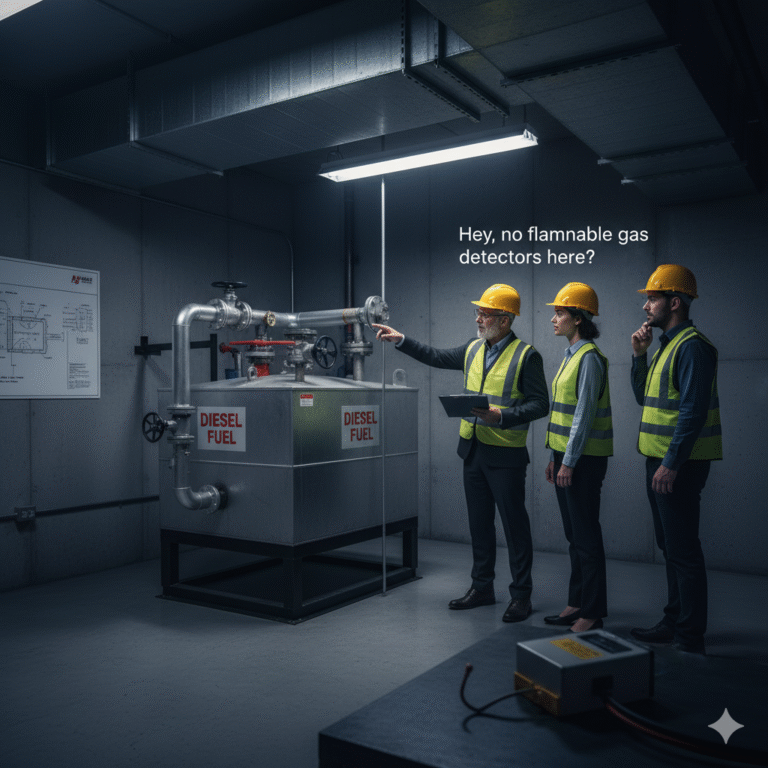In Gas Detection Systems (GDS), the stability of the zero-point is essential to ensure accurate measurement and reliable alarm behavior.
When the zero point drifts, the detector may trigger a false alarm when there is no gas present, or fail to alarm even when a hazardous concentration exists.
This creates potential safety risks in industrial environments.
This article explains why zero-point drift occurs, how to diagnose it, and what engineering measures can be taken to correct and prevent it.
1. What Is Zero-Point Drift?
Under normal conditions, when no target gas is present, the gas sensor should output its defined baseline value (zero).
However, during long-term operation, environmental and aging factors may cause the baseline reading to shift.
This deviation is known as zero-point drift.
Typical Consequences
| Issue | Field Behavior | Potential Risk |
|---|---|---|
| False high alarm | Alarm occurs even in clean air | Unnecessary shutdowns / nuisance alarms |
| Suppressed alarm | Gas leak but no alarm | Severe safety hazard |
| Unstable readings | Reading slowly drifts upward or downward | Hard to verify actual gas condition |

2. Main Causes of Zero-Point Drift
(1) Sensor Characteristics
Catalytic combustion sensors lose catalyst activity over time, especially after exposure to high concentrations.
Electrochemical sensors are sensitive to humidity, temperature, and electrolyte evaporation.
Semiconductor and thermal conductivity sensors are influenced by ambient temperature variation.
(2) Environmental Conditions
Temperature fluctuations change sensor sensitivity if temperature compensation is insufficient.
High humidity or condensation may cause surface moisture film, leading to unstable output.
Dust and oil vapor can contaminate the sensing surface, causing response degradation.
(3) Electrical / Hardware Factors
Power supply instability
Signal line interference or aging
Amplifier and A/D conversion drift
(4) Application & Process Factors
Constant exposure to high gas concentration leads to sensor poisoning or saturation.
Sensors installed too close to emission sources or heat sources.
3. How to Diagnose Zero-Point Drift (Practical Field Method)
| Check Item | Method | What to Observe |
|---|---|---|
| Zero check | Place sensor in clean air or nitrogen flush | Reading should return to zero |
| Span check | Apply certified calibration gas | Check whether reading is slow or inaccurate |
| Temperature / humidity impact | Compare trend logs vs environment logs | Correlation indicates environmental influence |
| Sensor contamination | Visual inspection of probe and filter | Dust / oil indicates need for cleaning or replacement |
Important: If the sensor cannot return to zero after flushing with clean air, it is likely aged or poisoned and should be replaced.

4. Solutions and Preventive Measures
(1) Hardware Improvements
Use sensors with built-in temperature compensation.
For high-humidity or dusty environments, add filtering, drying, or sampling conditioning units.
For long-term reliability, consider Non-dispersive Infrared (NDIR) sensors which are:
Not affected by humidity
Not subject to catalyst poisoning
More stable over long periods
(2) Software and System Optimization
Enable automatic zero-tracking only if the environment is normally clean.
Do not use zero-tracking in environments where low-level gas is always present, otherwise real gas concentration will be treated as zero.
(3) Calibration and Maintenance
| Sensor Type | Recommended Calibration Cycle |
|---|---|
| Catalytic combustion | Every 3–6 months |
| Electrochemical | Every 6–12 months |
| NDIR (Infrared) | Every 12–24 months |
Use zero gas (nitrogen or clean air) for zero calibration.
Use certified span gas for span calibration.
Replace sensor modules when aging indicators appear.

5. Engineering Summary
To reduce or avoid zero-point drift, the core approach is:
Select the right sensor for the environment
Control humidity, dust, and temperature
Perform regular zero + span calibration
Avoid continuous exposure to high gas concentrations
Enable zero-tracking only when background gas concentration is known to be zero
When executed correctly, the GDS system can maintain long-term stability and avoid false or missed alarms.
